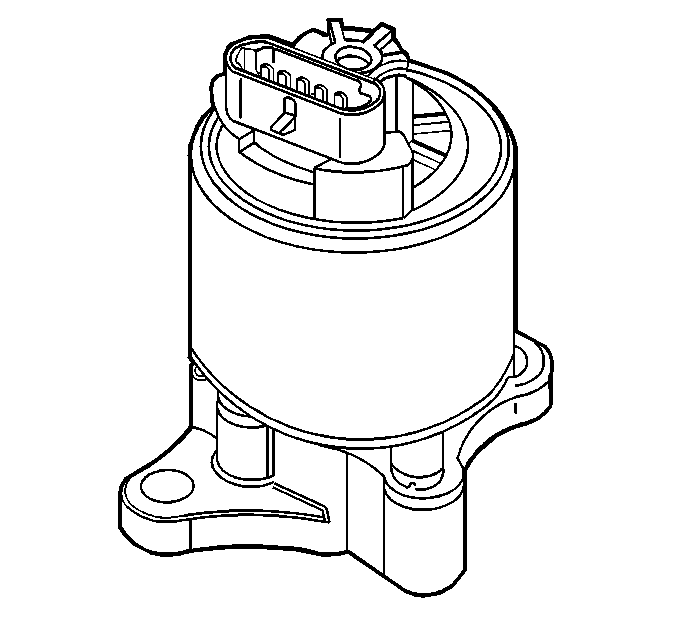Purpose
The Exhaust Gas Recirculation (EGR) system is used to lower Oxides of
Nitrogen (NOx) emission levels caused by high combustion temperature. It does
this by decreasing combustion temperature.
The main element of the system is the linear EGR valve. The EGR valve
feeds small amounts of exhaust gas back into the combustion chamber. With
the fuel/air mixture thus diluted, combustion temperatures are reduced.
Operation
The linear EGR valve is designed to accurately supply EGR to an engine
independent of intake manifold vacuum. The valve controls EGR flow from the
exhaust to the intake manifold through an orifice with a PCM controlled pintle.
During operation, the PCM controls pintle position by monitoring the pintle
position feedback signal. The feedback signal can be monitored with a scan
tool as ACTUAL EGR POS. ACTUAL EGR POS should always be near the commanded
EGR position ( DESIRED EGR POS ). If a problem with the EGR system will not
allow the PCM to control pintle position properly, DTC P1406 should set. The
PCM also tests for EGR flow; if incorrect flow is detected, DTC P0401 should
set. If DTC P0401 and/or DTC P1406 are encountered, refer to the diagnostic
chart(s).
The linear EGR valve is usually activated under the following conditions:
EGR Control
The PCM monitors EGR actual position and adjusts pintle position accordingly.
The PCM uses information from the following sensors to control the pintle
position:
| • | Engine Coolant Temperature (ECT) sensor. |
| • | Throttle Position (TP) sensor. |

Results of Incorrect EGR System Operation
An EGR flow check diagnosis of the linear EGR system is covered by DTC
P0401. Pintle position error diagnosis is covered by DTC P1406. If EGR diagnostic
trouble codes P0401 and/or P1406 are encountered, refer to the applicable
DTC chart for diagnosis.
Too much EGR flow at idle, cruise, or cold operation may cause any of
the following conditions to occur:
| • | Engine stalls after cold start. |
| • | Engine stalls at idle after deceleration. |
| • | Vehicle surges during cruise. |
| • | DTC P0300 (misfire detected). |
Too little or no EGR flow may allow combustion temperatures to get too
high. This could cause:
| • | Spark knock (detonation). |
| • | DTC P0401 (EGR flow test). |

